Snowy Owl
Based on records from 2002 through 2024, the Snowy Owl has only been seen once at Salter Grove in March 2018. Elsewhere in Rhode Island, it varies in abundance from winter to winter and has been spotted most often at Sachuest Point National Wildlife Refuge in Middletown, possibly because the flat and expansive terrain there resembles its usual haunts in the Arctic tundra.
It is a large owl, and the only one with a mostly white plumage. The juvenile plumage is dense with dark brown markings that become lighter with age. Males may achieve a snowy white plumage after ten years. Females are larger than males and retain some dark markings in their plumage but always fewer than the heavily marked juveniles.
The Snowy Owl breed on treeless tundra in the far north of the Arctic Circle and winters in southern Canada or the northernmost regions of the United States. It has been difficult to determine population size because it is a nomadic breeder that doe not return to the same nesting site from year to year. Owls monitored in the Canadian Arctic were documented to travel from 600 to over 2,500 miles each year in search of suitable breeding grounds.
Most owls hunt at night but the Snowy Owl hunts in broad daylight. This habit necessitates a southward migration to escape the dark winter days of their breeding habitat. Some Snowy Owls may winter in the Arctic but it has been difficult to document this because of the challenging field conditions for human observers.
The Snowy owl feeds on lemmings during the breeding season and its reproductive success, as with several other Arctic predators, is tightly linked to the population of this Arctic rodent. In years of abundant lemmings, more owlets are produced and large numbers of juveniles as well as some adults venture beyond the usual southern limits of the winter range in search of food.
Called irruptions, the arrival of so many Snowy Owls causes great excitement among bird watchers and airport personnel. Boston's Logan Airport has the highest concentration of wintering Snowy Owls in northeastern United States because the flat and expansive landscape resembles the Arctic tundra. Sightings have also been reported at Warwick's T.F. Greene Airport.
The current warming trend does not bode well for the Snowy Owl's future. Historically, lemming populations may drop precipitously but would bounce back subsequently. In recent years, the climate-induced decline of lemmings is thought to be irrevocable and has been correlated to a 98% drop in the owl's productivity. There are also other dangers on the wintering grounds such as hunting, airplane strikes, eating poisoned rodents, and baited mammal traps.
For more information:
https://www.allaboutbirds.org/guide/Snowy_Owl
https://www.audubon.org/field-guide/bird/snowy-owl
https://en.wikipedia.org/wiki/Snowy_owl
https://animaldiversity.org/accounts/Nyctea_scandiaca/
https://www.owlresearchinstitute.org/copy-of-journey-with-the-snowy-owl
https://blog.nature.org/2014/01/21/the-amazing-lemming-the-rodent-behind-the-snowy-owl-invasion/
https://bylot.cen.ulaval.ca/document/rapport_snow_2013.pdf Étude des mouvements et de la nidification du Harfang des neiges au Nunavik.

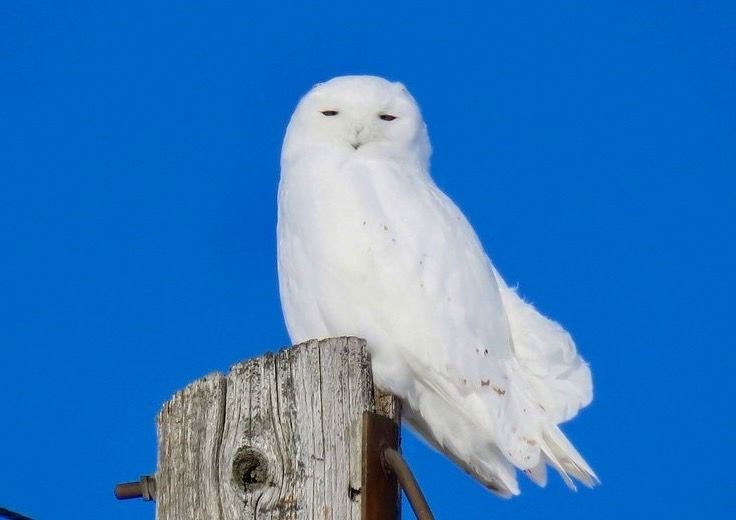
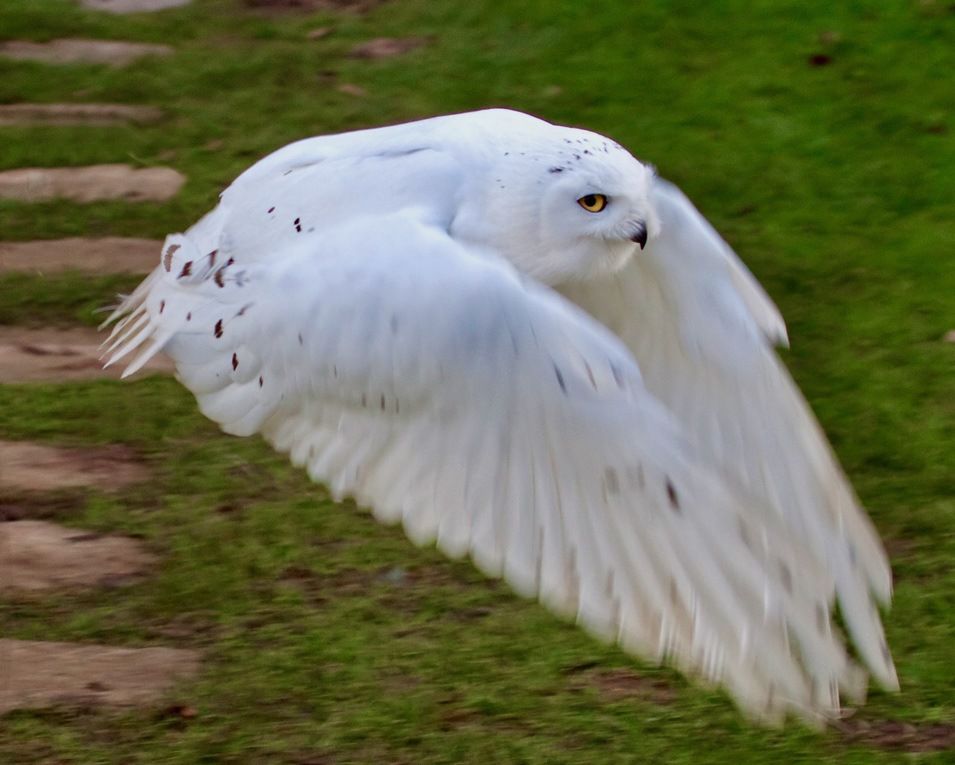
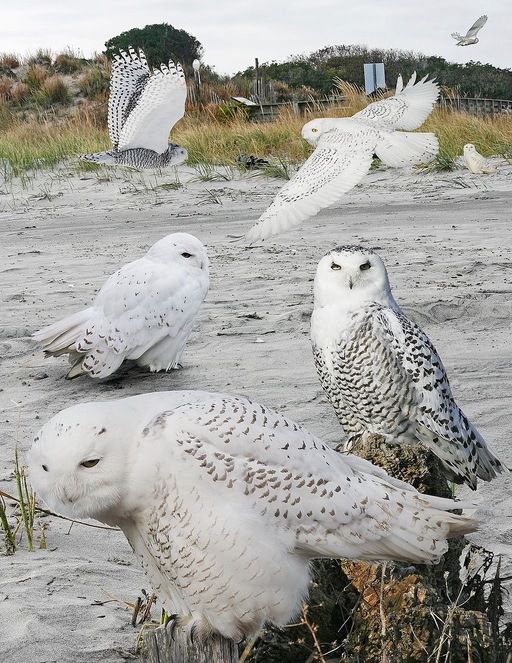
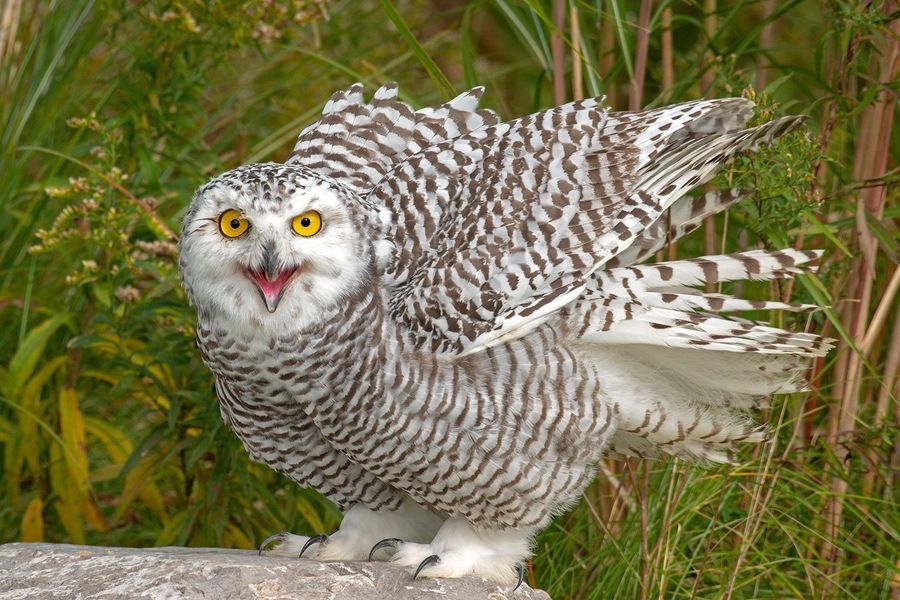
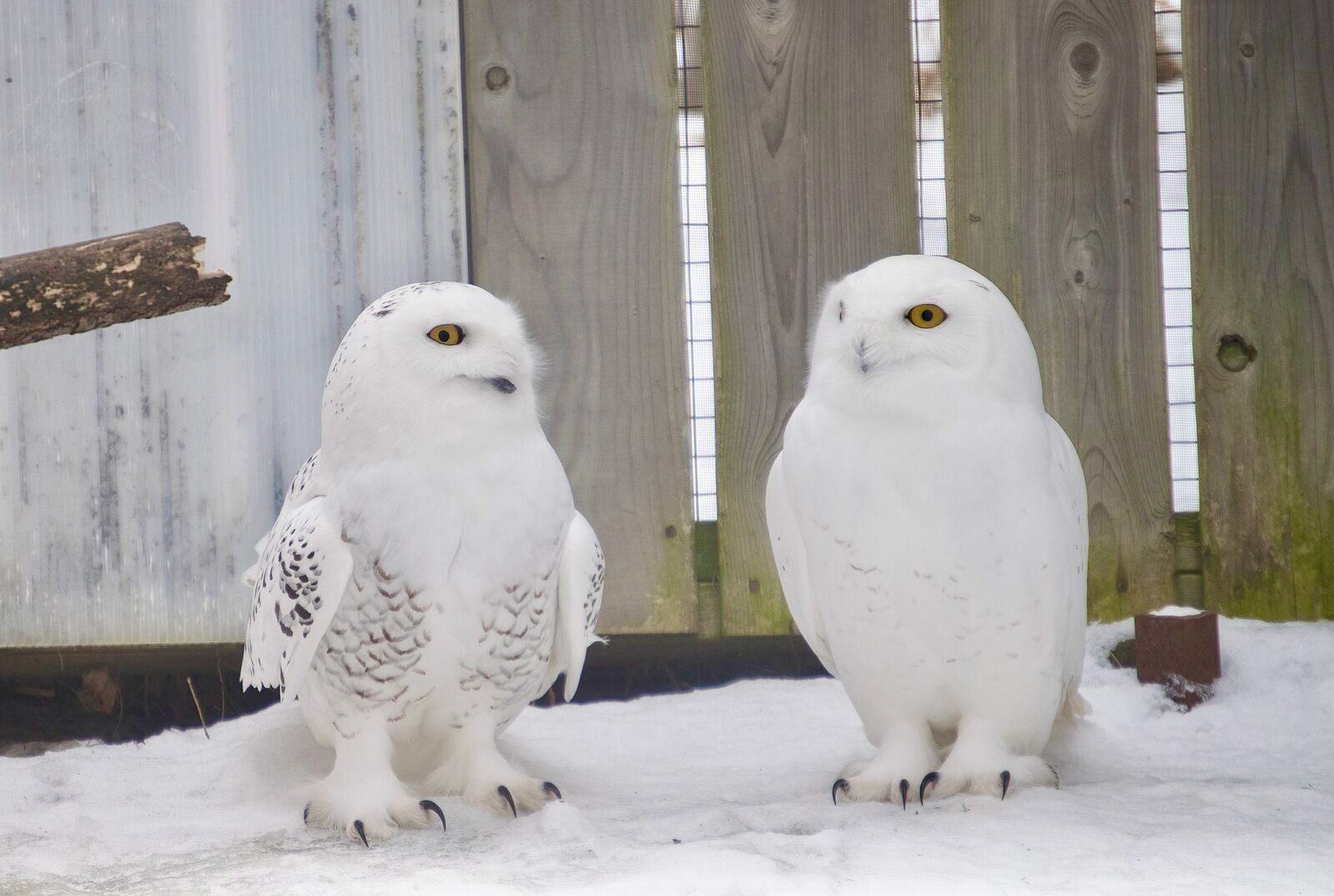
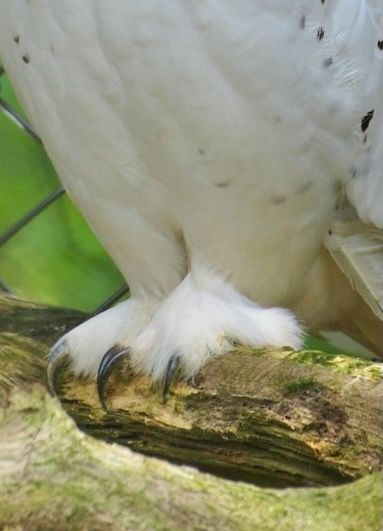
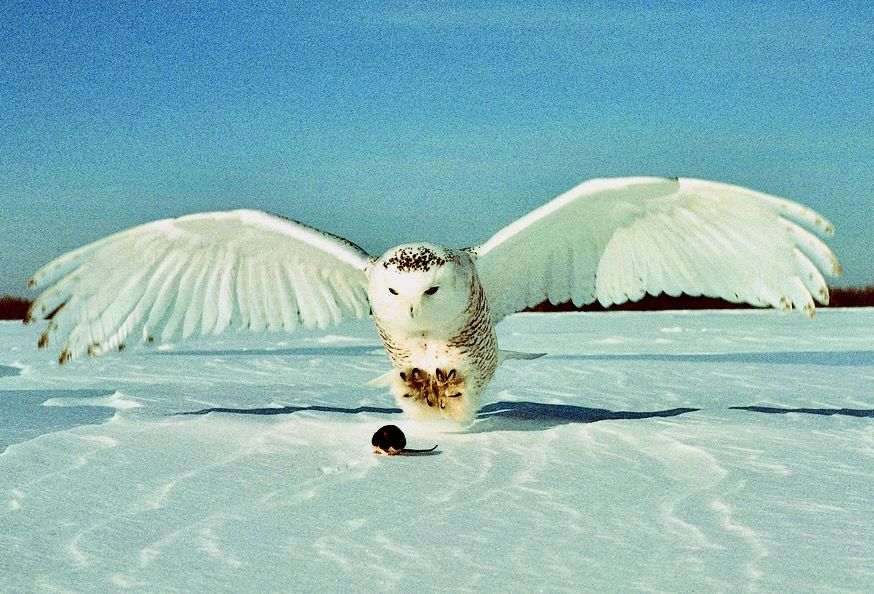
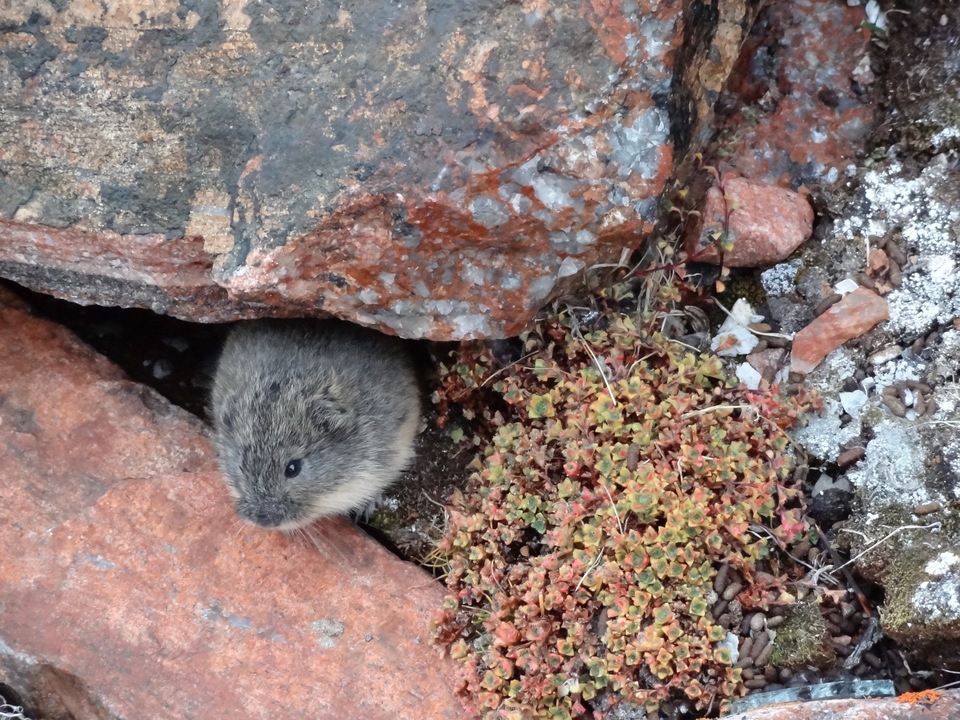

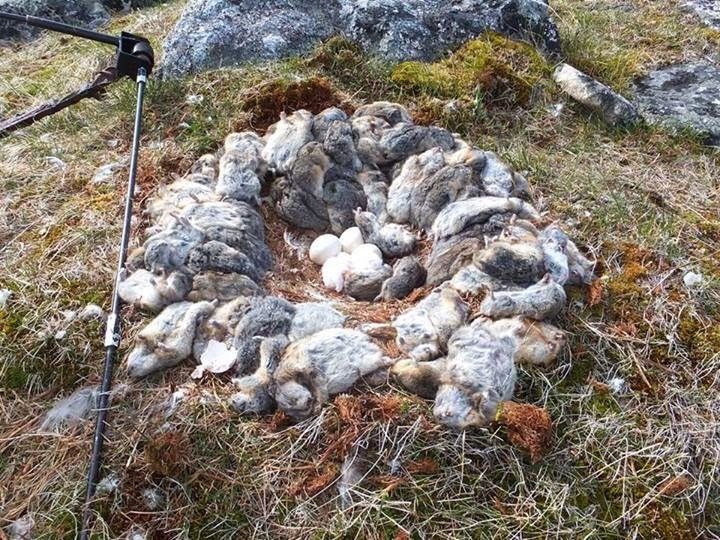
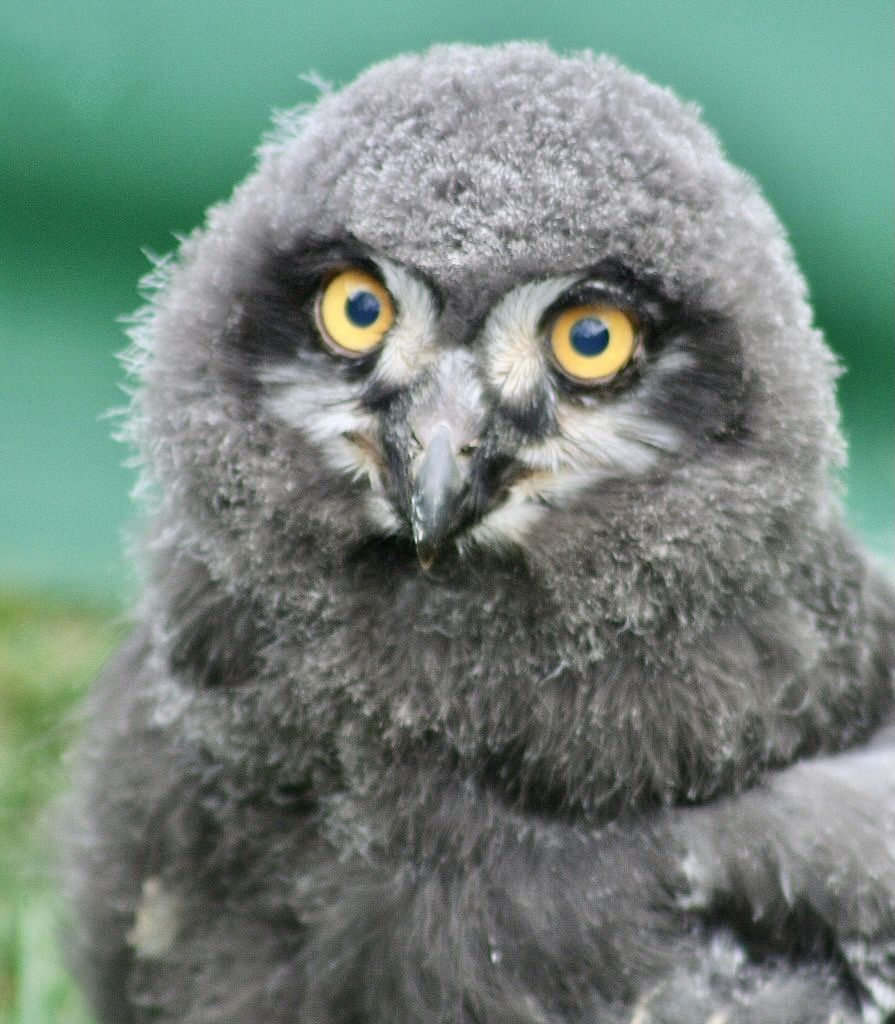
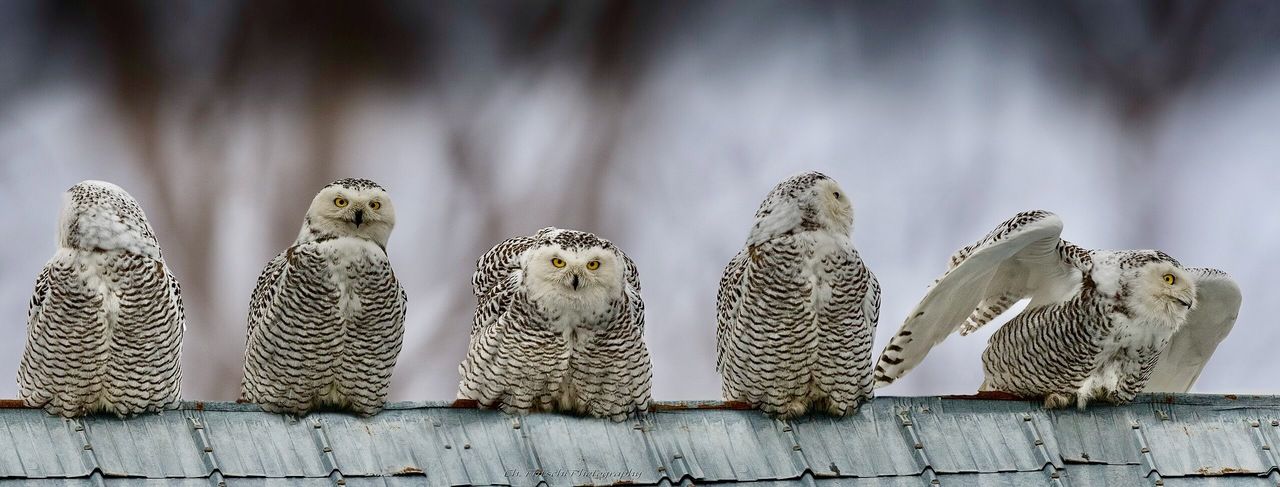
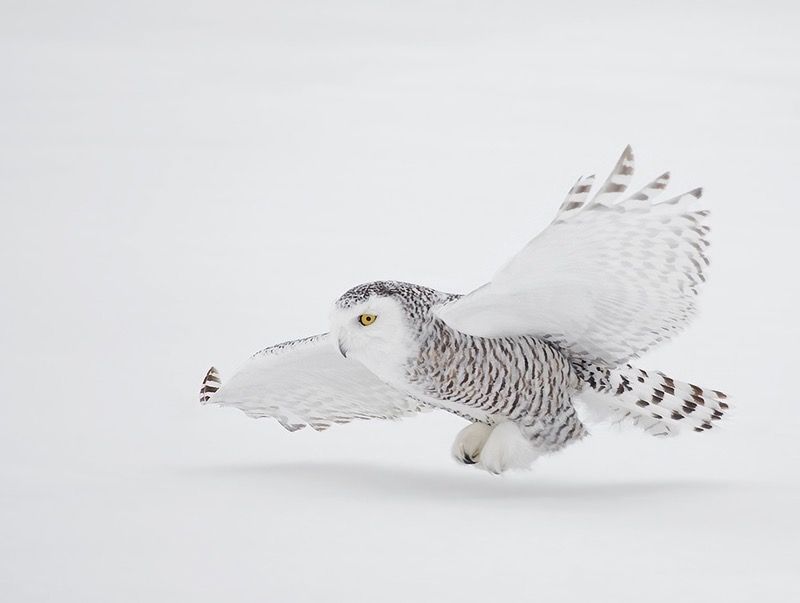
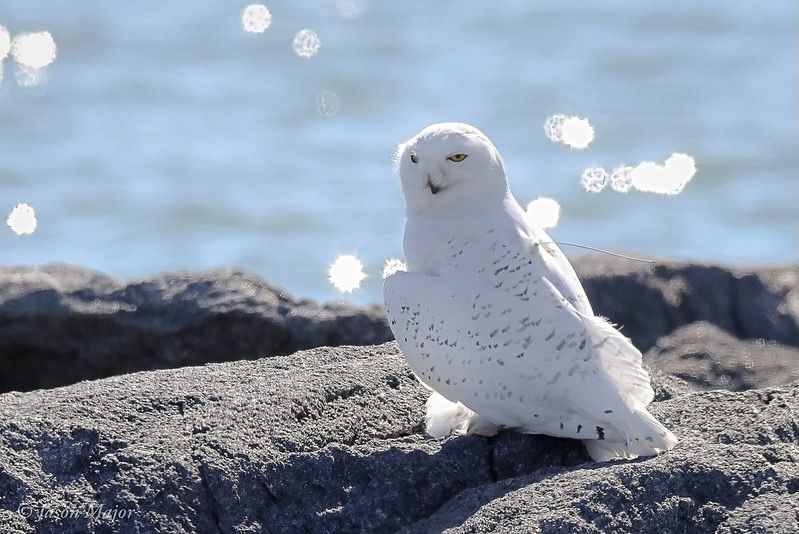
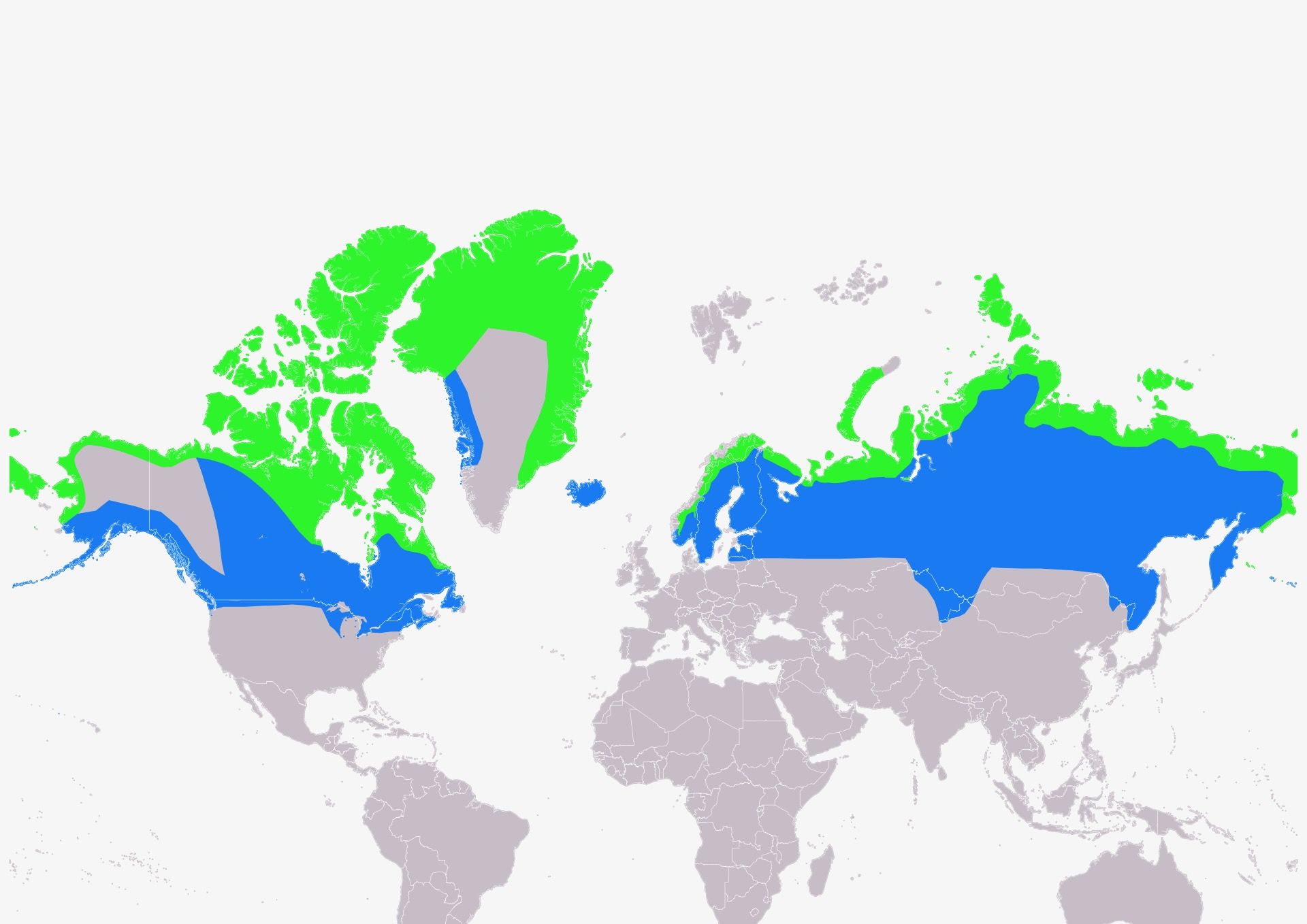
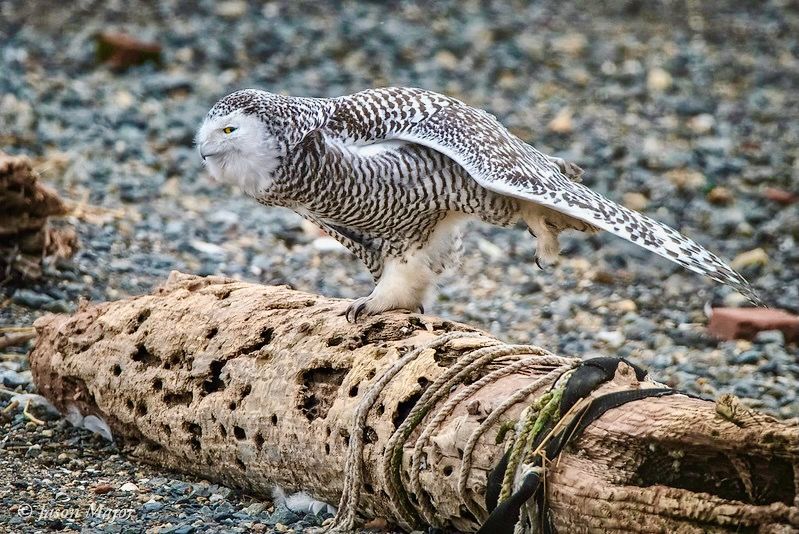
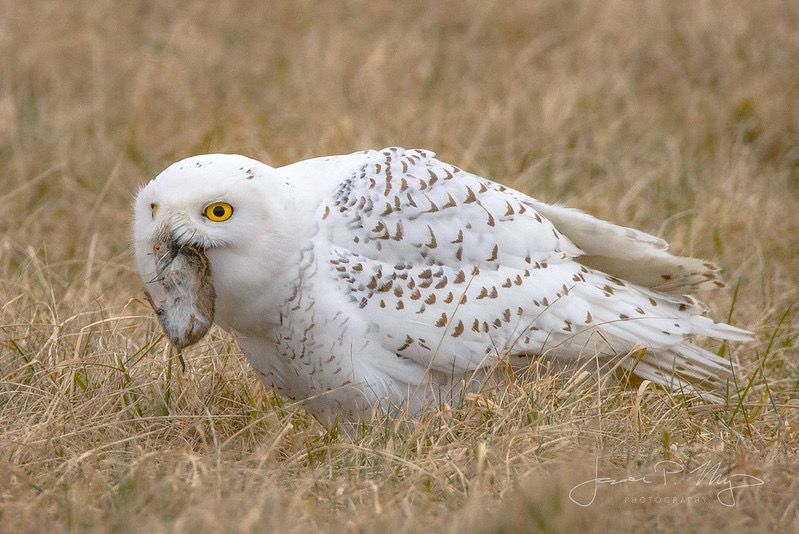
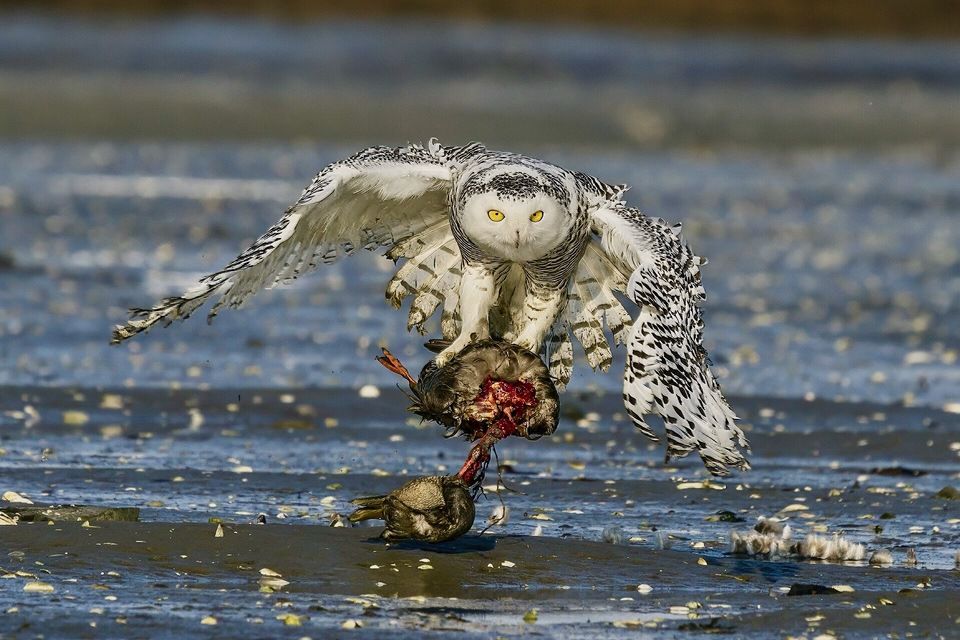
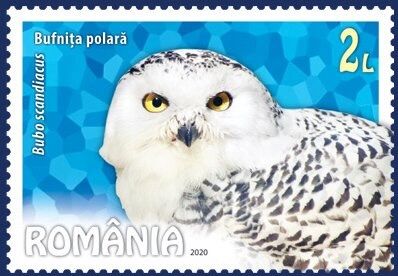
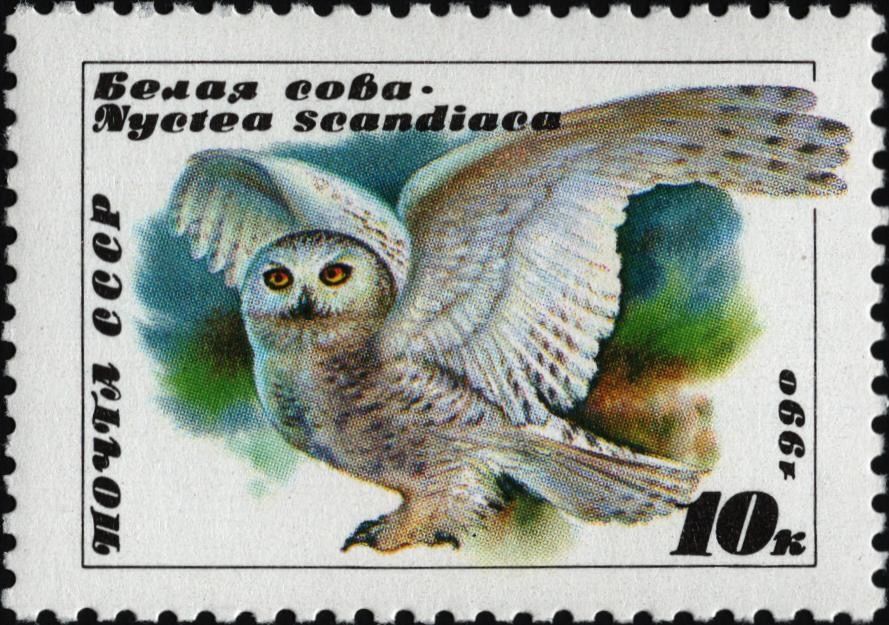
![Snowy Owl stamp by Post[al Service] of Belarus; use possible through Public Domain https://colnect.com/en/stamps/stamp/231709-](/_files/public/Bird Galleries/Snowy Owl/21 Snowy Owl stamp Belarus 2007.jpeg?w=350?blur=10)